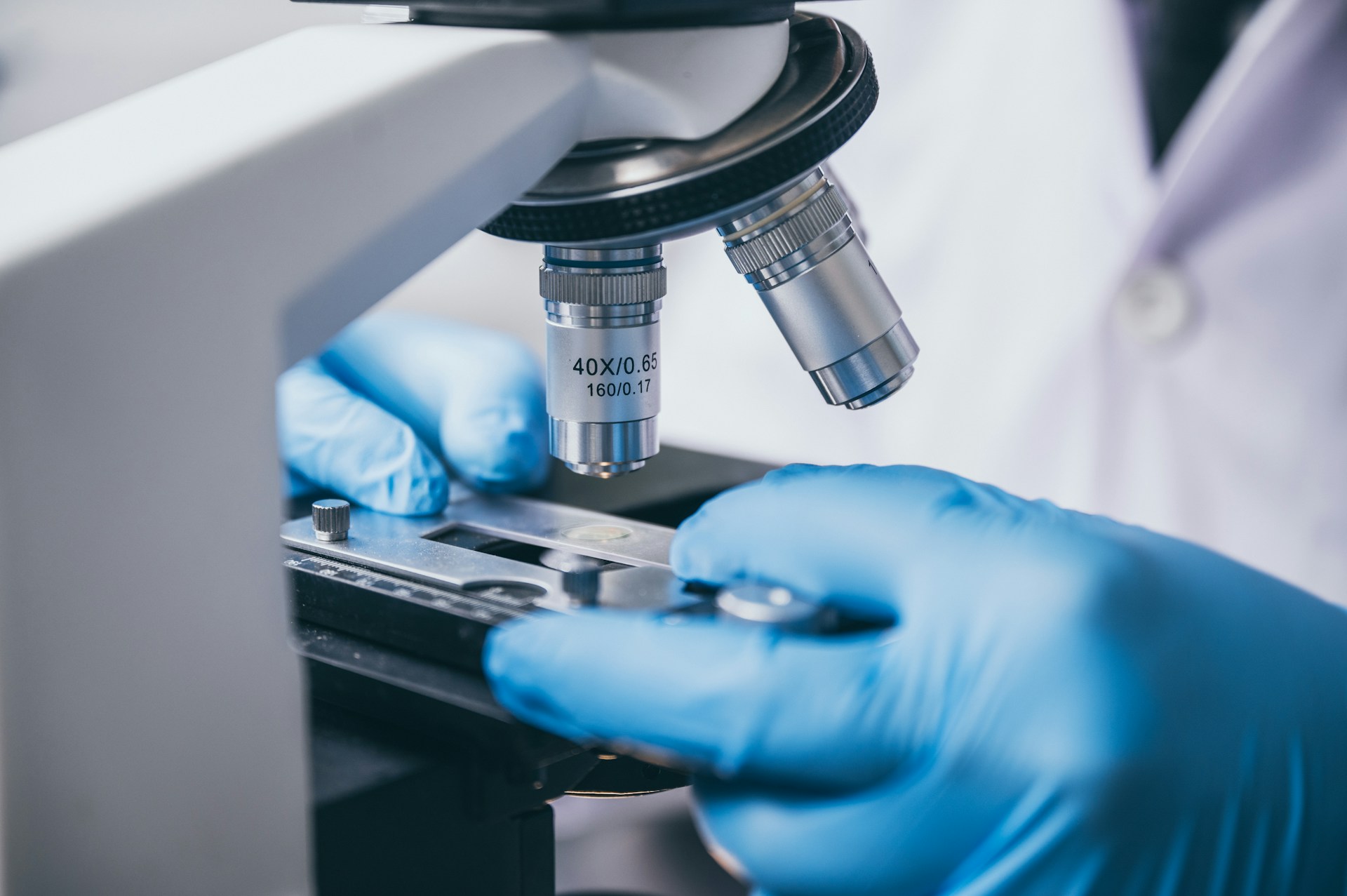
The healthcare industry stands at a turning point. Innovative technology integration is not only improving medical facilities today but also redefining what healthcare will look like tomorrow. The rise of artificial intelligence, robotics, and real-time data systems is accelerating a shift toward faster, safer, and more personalized care. Hospitals and clinics are no longer places to treat illness—they are becoming technology-driven hubs for prevention, precision, and patient empowerment.
This transformation is not about replacing doctors and nurses. Instead, it’s about equipping them with powerful tools that expand their capabilities, streamline their workflows, and ultimately improve patient outcomes.
A New Era of Patient-Centered Digital Care
Digital healthcare tools are central to this transformation. Electronic health records (EHRs) have evolved from simple storage systems into dynamic platforms that integrate lab results, imaging, prescriptions, and real-time monitoring. Doctors can now pull up a complete medical history in seconds, reducing delays and improving decision-making.
Telemedicine has become more than a convenience—it’s a lifeline for patients in rural or underserved areas. Virtual consultations allow for quick diagnosis, follow-up care, and even specialized treatment without requiring travel. Some hospitals are also offering remote group sessions for mental health support and chronic disease management, ensuring continuous care beyond hospital walls.
Artificial Intelligence Driving Predictive and Personalized Medicine
Artificial intelligence (AI) is moving beyond diagnostics into the realm of predictive medicine. AI algorithms can detect early signs of conditions like heart disease or cancer by analyzing massive datasets, sometimes spotting issues long before symptoms appear. This predictive power allows healthcare teams to intervene earlier, potentially preventing serious illness altogether.
In treatment planning, AI compares a patient’s data against thousands of similar cases to suggest highly personalized therapies. In oncology, for instance, AI can recommend targeted drug combinations that increase survival rates while minimizing side effects. This tailored approach represents a significant leap forward from one-size-fits-all medicine.
Robotics Enhancing Precision and Recovery
Robotic technology is redefining surgical possibilities. Advanced systems now assist surgeons with delicate procedures, enabling smaller incisions, reduced blood loss, and faster recovery. For example, in neurosurgery, robotic arms can navigate tight spaces with a level of precision impossible for human hands alone.
In rehabilitation, robotics is equally transformative. Patients recovering from strokes or severe injuries are using robotic exoskeletons to relearn walking and restore muscle strength. These devices not only aid physical recovery but also boost confidence by allowing patients to see measurable progress sooner.
Real-Time Insights Through the Internet of Medical Things
The Internet of Medical Things (IoMT) is connecting medical devices, sensors, and monitoring systems into a network that delivers real-time insights. Wearables can now track heart rhythms, blood sugar levels, and respiratory patterns, sending data directly to healthcare providers. This constant stream of information enables quick responses to potential health issues, reducing emergency visits.
Hospitals are leveraging IoMT for operational efficiency, too. Innovative inventory systems track supplies automatically, while connected equipment signals when maintenance is needed. These efficiencies free up staff to focus more on patient care.
Addressing Cybersecurity in a Connected World
As technology integration grows, so does the need for robust cybersecurity. Medical facilities store vast amounts of sensitive patient data, making them prime targets for cyberattacks. Protecting this data requires layered security measures, including encryption, secure networks, and regular staff training to prevent human errors.
Regulatory compliance, such as meeting HIPAA standards in the United States, is not optional. Technology vendors must design solutions that meet these requirements, ensuring that innovations do not compromise privacy or trust.
Preparing Healthcare Teams for a Tech-Driven Future
No matter how advanced the technology, its success depends on the people using it. Resistance to change is natural, especially in high-pressure environments like hospitals. That’s why effective technology adoption must include comprehensive training, ongoing support, and a clear demonstration of how the tools improve both workflow and patient care.
Engaging staff early in the selection process, offering hands-on demonstrations, and rolling out systems in phases can build confidence and buy-in. This human element is critical—without it, even the most advanced systems risk going underutilized.
Looking Ahead: Innovation as a Continuous Journey
The integration of technology into healthcare is not a one-time event—it’s a continuous journey. Emerging tools like virtual reality for surgical training, blockchain for secure health record management, and AI-driven drug discovery are already on the horizon. The challenge for medical facilities will be to evaluate these innovations carefully, selecting those that truly enhance care while maintaining affordability and accessibility.
Ultimately, the future of healthcare lies in a balanced partnership between human expertise and technological innovation. When the right tools empower medical professionals, the result is a system that is faster, more efficient, and more attuned to individual patient needs.
Innovative technology integration is more than an upgrade—it’s a revolution in how medical facilities operate. By embracing AI, robotics, IoMT, and secure digital systems, healthcare providers are moving toward a model where care is not only reactive but proactive. The winners in this new era will be the facilities that adopt technology strategically, train their teams effectively, and keep the patient at the center of every decision.
The future of medicine is already unfolding. Those who adapt now will not just keep up—they will lead the way in delivering smarter, safer, and more personalized healthcare for generations to come.